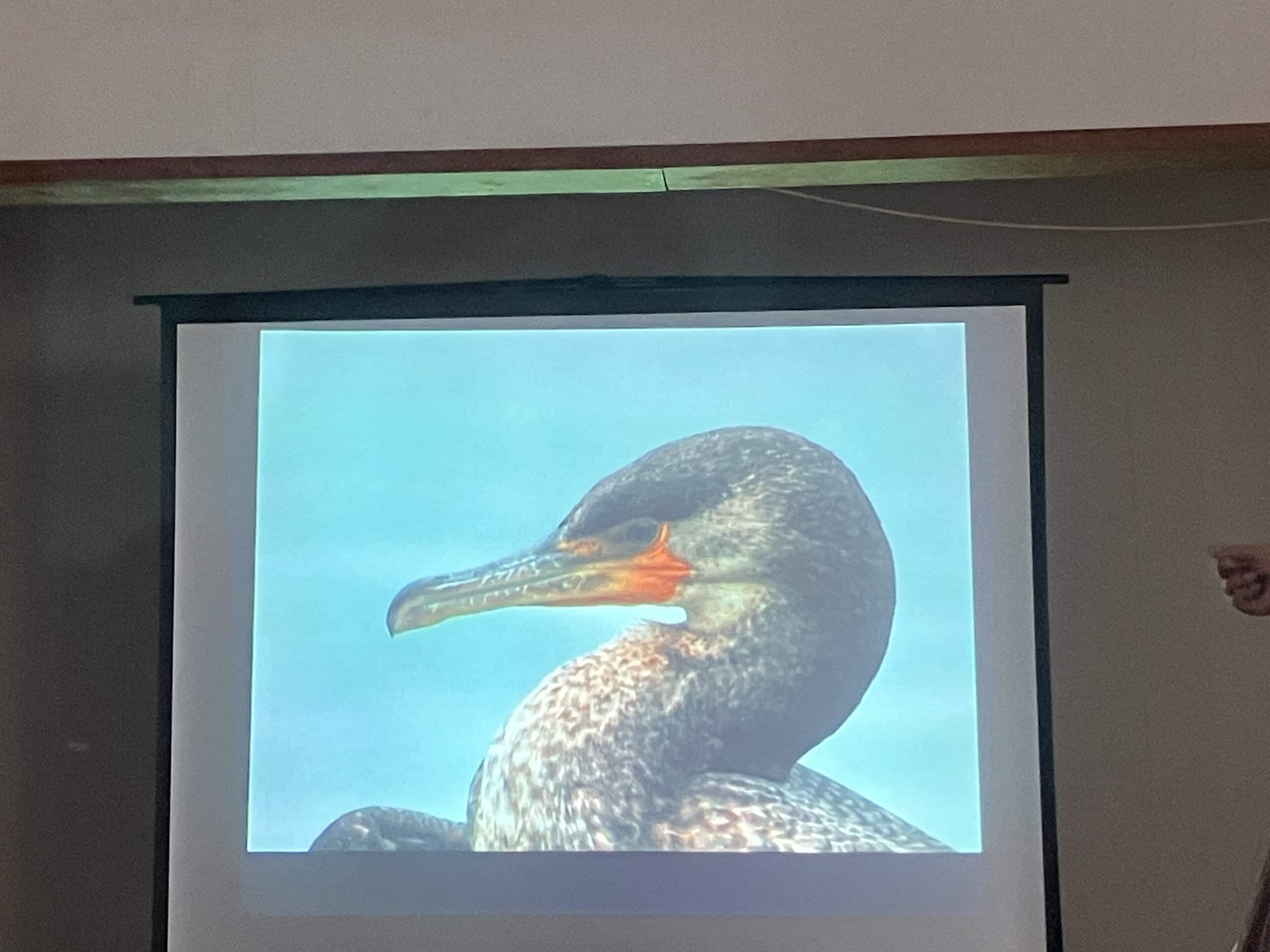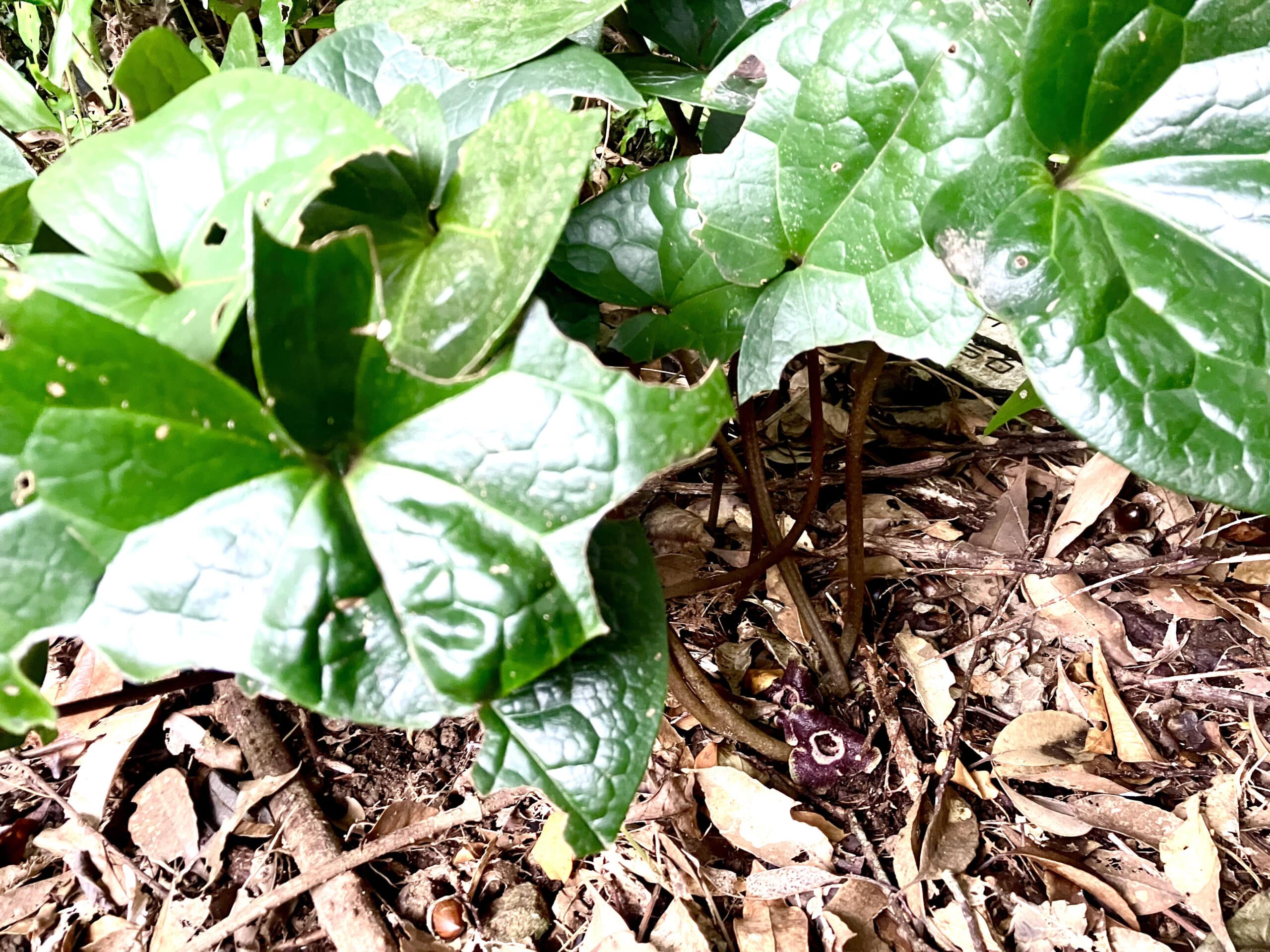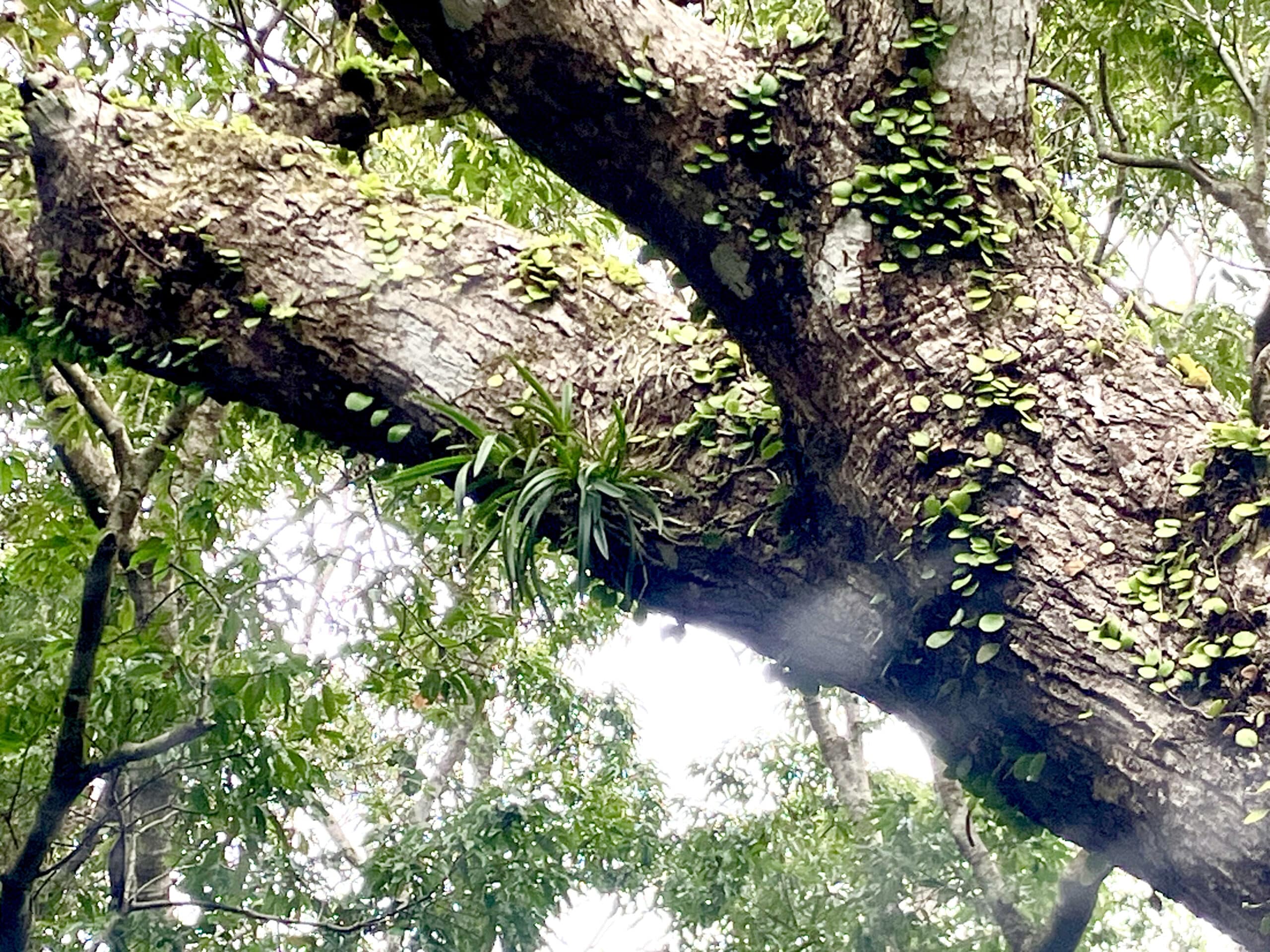I participated in a training session for guides on Amami Oshima. This time, it involved classroom lectures and fieldwork led by a legendary guide of Amami Oshima. He is not only a guide but also a photographer and a nature conservationist with a 40-year career on the island. He generously shared the knowledge he has accumulated over the past four decades, accompanied by stunning photographs.

Despite my usual role as a guide, leading tours through forests and showing my customers wildlife, participating in such training allows me to acquire new knowledge. In the field, we learned about rare plants, the blooming seasons of flowers, prime locations for bird watching, animal habitats, and various aspects of wildlife ecology.

Amami Oshima’s forests are home to numerous endemic plants, many of which are designated as endangered or rare species.

I felt the guide’s responsibility to preserve the nature that senior guides on the island have protected over the years and to convey its value to customers and future generations.
(日本語訳)
奄美大島の通訳案内士の研修に参加しました。今回は奄美大島のレジェンドガイドによるクラスルームでの座学とフィールドでの植物観察でした。彼は奄美大島において40年のキャリアを持つガイドであり、写真家であり自然保護活動家でもあります。彼がキャリアの中で積み重ねてきた知識を惜しげなく、美しい写真と共に披露してくれました。
私も普段はガイドとして森を歩いたり、生き物を見せるツアーを行っていますが、このようなトレーニングに参加することで新たな知識を身につけることができます。フィールド内での希少植物、花が咲く時期、鳥がよく観察できる場所、生き物の巣穴、動物の生態など、多くの学びがありました。
奄美大島の森にはたくさんの固有植物があり、その多くが絶滅危惧種や希少植物に指定されています。
島のガイドの先輩たちが守ってきた自然を将来に残し、その価値をお客様に伝えることがガイドの役割であると、改めて感じました。
(写真1)ウミウ
(写真2)オオバカンアオイ
(写真3)フウラン
